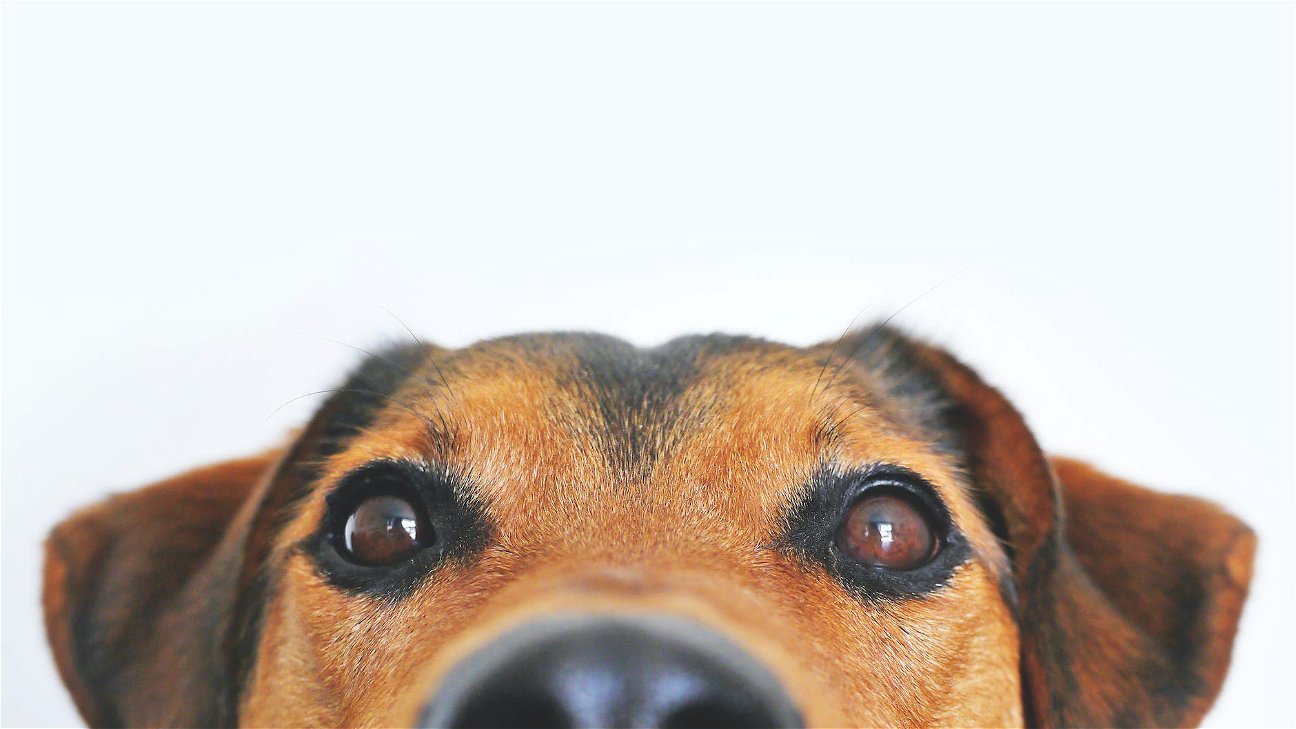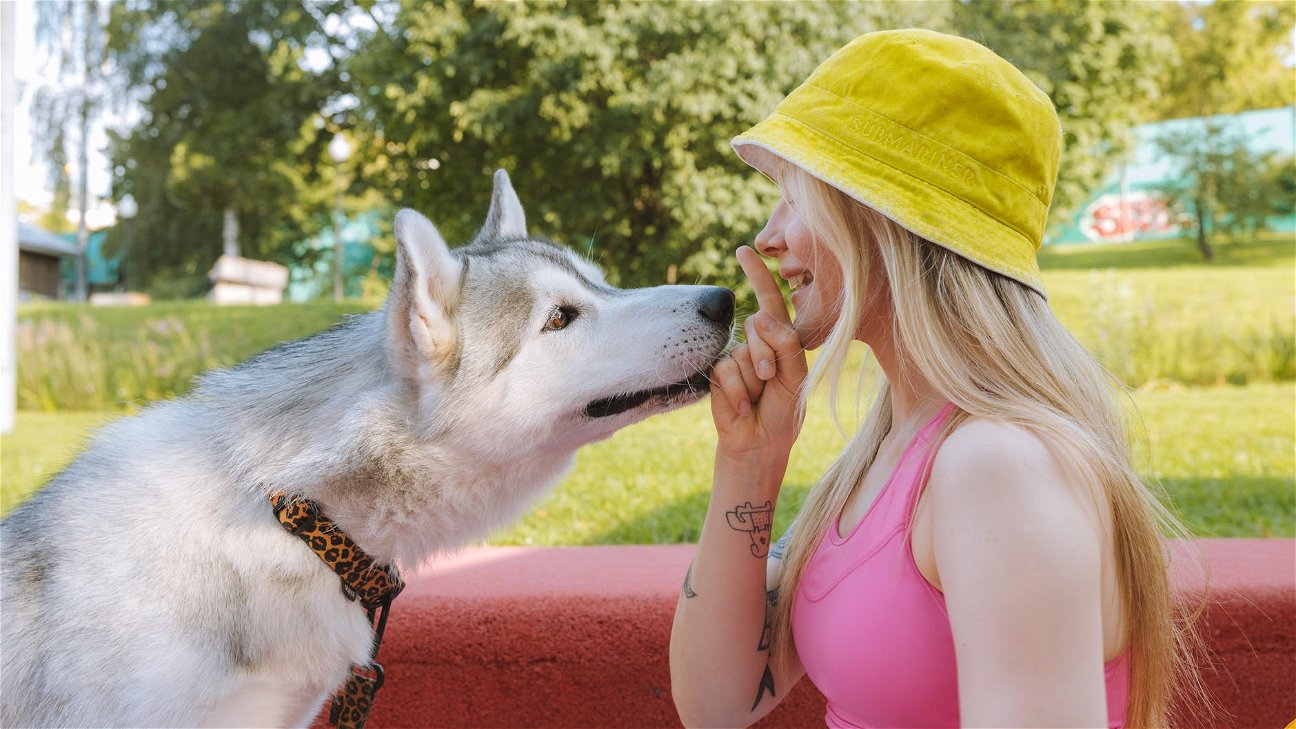
Does your dog cower at the sound of thunderstorms? Or perhaps they pace around and whimper when you're about to leave for work? These could be signs of anxiety in dogs. This article reveals three proven techniques to help calm your nervous furry friend.
Recognizing dog anxiety symptoms
Before we delve into how to calm an anxious dog, it's essential to understand the signs and causes of dog anxiety. Common symptoms include excessive barking, destructive behavior, panting, restlessness, and aggression. Severe cases can lead to health problems like gastrointestinal issues.
Stress in dogs can be triggered by various factors such as firework noises, separation from owners, change in environment, or even due to their genetics.
1. Behavioral techniques for dog anxiety
Behavioral therapy can significantly help dogs manage their anxiety. This could include techniques like:
-
Desensitization: Expose the dog gradually to the anxiety-causing factor, starting at low levels and increasing over time. This process helps them get used to the object or situation causing fear.
-
Counterconditioning: This involves changing the dog's emotional response to the stressful factor. For instance, if your dog fears thunderstorms, play a quiet thunder sound and reward them with treats when they remain calm.
2. Natural remedies for dog anxiety
There are a variety of natural remedies available that can soothe a stressed dog. Some of the best include:
-
Chamomile: This calming herb can be added to your dog's meals or made into a tea for your dog to drink.
-
CBD Oil: Studies have shown that CBD oil can help reduce anxiety in dogs by enhancing their natural serotonin levels.
-
Lavender: The scent of lavender has relaxing properties. Consider using a dog-safe lavender spray on their bedding or in their favorite spot in the house.
3. Training an anxious dog
Positive reinforcement training can be an effective way to manage anxiety in dogs. This involves rewarding good behavior (like being calm during a storm) with treats, cuddles, or praises. Training should be consistent and accompanied by plenty of patience.
Here's a simple chart summarizing the three techniques:
It's important to remember that while these techniques can provide relief, they may not completely eliminate the anxiety. Always consult your vet or a professional dog trainer to develop a tailored plan for your dog's specific needs.
Helping your dog deal with anxiety might take time and patience, but remember, they're counting on you for comfort and safety. With the right approach, you can help your furry friend lead a happier, more relaxed life.











